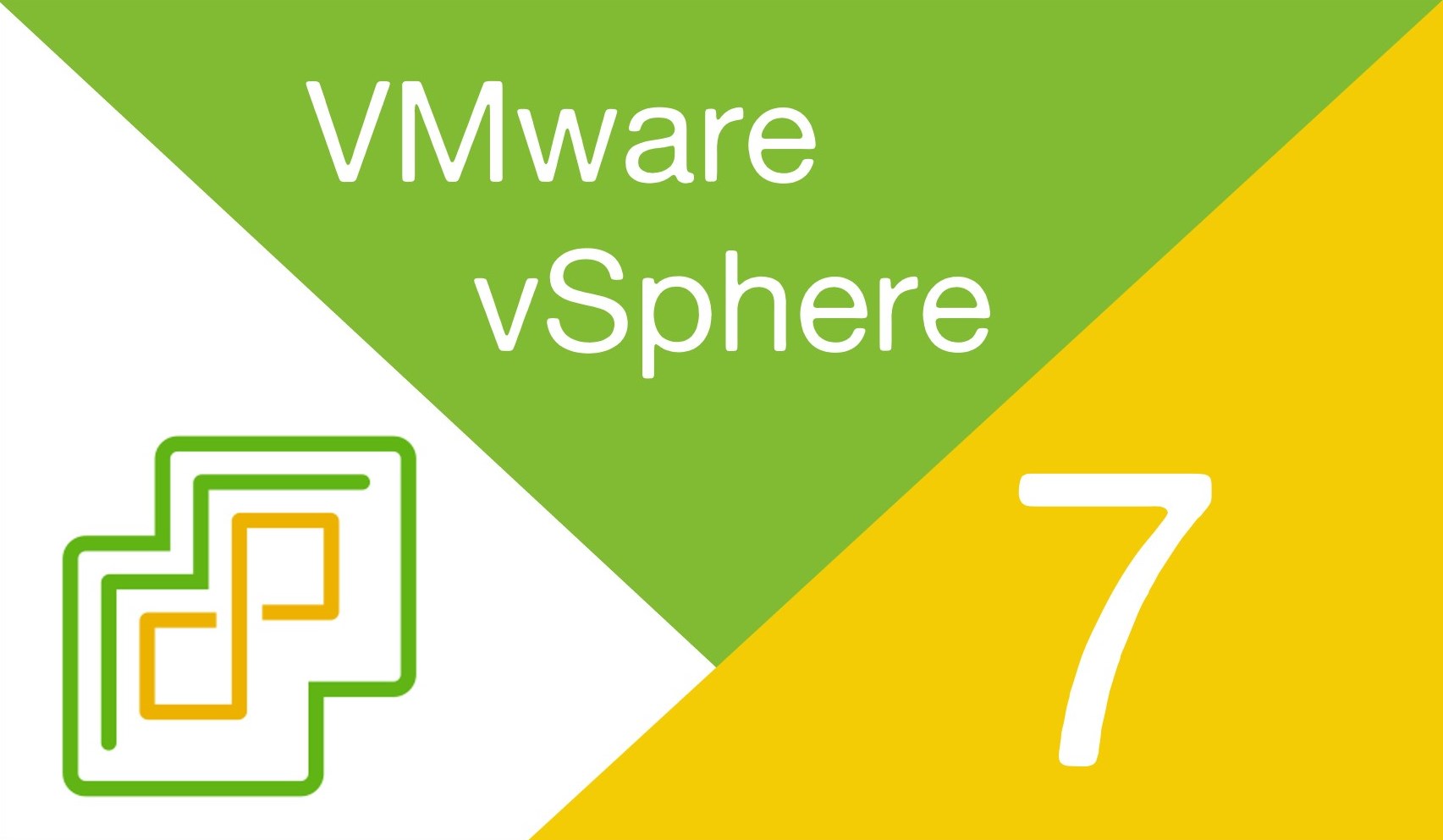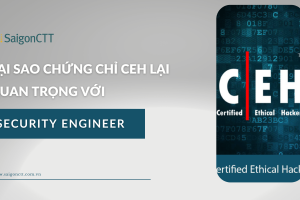VMware vSphere: Install, Configure, Manage v7
Giới thiệu
- Khóa học đào tạo thực hành chuyên sâu, tập trung vào cài đặt, cấu hình và quản lý VMware vSphere® 7, bao gồm VMware ESXi ™ 7 và VMware vCenter Server® 7.
- Khóa học cung cấp kiến thức để quản trị cơ sở hạ tầng vSphere ở mọi quy mô.
- Khóa học này là nền tảng cho hầu hết các công nghệ VMware khác trong trung tâm dữ liệu.
Thời lượng
- 5 ngày
Mục tiêu
Kết thúc khoa học, học viên sẽ có thể đạt được các mục tiêu sau:
- Mô tả trung tâm dữ liệu do phần mềm xác định (SDDC)
- Giải thích các thành phần vSphere và chức năng của chúng trong cơ sở hạ tầng
- Mô tả các lợi ích và khả năng của VMware Skyline
- Cài đặt và cấu hình máy chủ ESXi
- Triển khai và cấu hình VMware vCenter® Server Appliance ™
- Sử dụng VMware vSphere® Client ™ để quản lý vCenter
- Mô tả các công nghệ lưu trữ được hỗ trợ bởi vSphere
- Cấu hình không gian lưu trữ bằng iSCSI và NFS
- Tạo và quản lý kho dữ liệu VMware vSphere® VMFS
- Sử dụng vSphere Client để tạo máy ảo, mẫu, bản sao
- Tạo thư viện nội dung và triển khai các máy ảo từ các mẫu trong thư viện
- Quản lý việc sử dụng tài nguyên máy ảo
- Di chuyển máy ảo với VMware vSphere® vMotion® và VMware vSphere® Storage vMotion®
- Sử dụng VMware vSphere® Lifecycle Manager ™ để thực hiện nâng cấp lên máy chủ ESXi và máy ảo.
Đối tượng
- Quản trị viên hệ thống
- Kỹ sư tích hợp hệ thống
Yêu cầu
- Có kinh nghiệm về Microsoft Windows hoặc Linux
Nội dung
- Course Introduction
- Introductions and course logistics
- Course objectives
- Introduction to vSphere and the Software-Defined Data Center
- Explain basic virtualization concepts
- Describe how vSphere fits into the software-defined data center and the cloud infrastructure
- Explain how vSphere interacts with CPUs, memory, networks, and storage
- Recognize the user interfaces for accessing the vCenter Server system and ESXi hosts
- Describe the ESXi host architecture
- Navigate the Direct Console User Interface (DCUI) to configure an ESXi host
- Recognize ESXi host user account best practices
- Install an ESXi host
- Use VMware Host Client™ to configure ESXi host settings
- Describe how to proactively manage your vSphere environment using VMware Skyline
- Virtual Machines
- Create and provision a virtual machine
- Explain the importance of VMware Tools™
- Install VMware Tools
- Identify the files that make up a VM
- Recognize the components of a VM
- Recognize virtual devices supported by a VM
- Describe the benefits and use cases for containers
- Identify the parts of a container system
- vCenter Server
- Describe the vCenter Server architecture
- Discuss how ESXi hosts communicate with vCenter Server
- Deploy and configure vCenter Server Appliance
- Use vSphere Client to manage the vCenter Server inventory
- Add data center, organizational objects, and hosts to vCenter Server
- Use roles and permissions to enable users to access objects in the vCenter Server inventory
- Back up vCenter Server Appliance
- Monitor vCenter Server tasks, events, and appliance health
- Use VMware vCenter Server® High Availability to protect a vCenter Server Appliance
- Configuring and Managing Virtual Networks
- Create and manage standard switches
- Describe the virtual switch connection types
- Configure virtual switch security, traffic-shaping, and load-balancing policies
- Compare vSphere distributed switches and standard switches
- Configuring and Managing Virtual Storage
- Identify storage protocols and storage device types
- Discuss ESXi hosts using iSCSI, NFS, and Fibre Channel storage
- Create and manage VMFS and NFS datastores
- Explain how multipathing works with iSCSI, NFS, and Fibre Channel storage
- Recognize the components of a VMware vSAN™ configuration
- Virtual Machine Management
- Use templates and cloning to deploy new virtual machines
- Modify and manage virtual machines
- Create a content library and deploy virtual machines from templates in the library
- Use customization specification files to customize a new virtual machine
- Perform vSphere vMotion and vSphere Storage vMotion migrations
- Describe the Enhanced vMotion Compatibility feature
- Create and manage virtual machine snapshots
- Examine the features and functions of VMware vSphere® Replication™
- Describe the benefits of VMware vSphere® Storage APIs – Data Protection
- Resource Management and Monitoring
- Discuss CPU and memory concepts in a virtualized environment
- Describe what overcommitment of a resource means
- Describe methods for optimizing CPU and memory usage
- Use various tools to monitor resource use
- Create and use alarms to report certain conditions or events
- vSphere Clusters
- Describe the functions of a vSphere DRS cluster
- Create a vSphere DRS cluster
- Monitor a vSphere cluster configuration
- Describe options for making a vSphere environment highly available
- Explain the vSphere HA architecture
- Configure and manage a vSphere HA cluster
- Examine the features and functions of VMware vSphere® Fault Tolerance
- Describe the function of the vSphere® Cluster Service
- vSphere Lifecycle Management
- Recognize the importance of vCenter Server Update Planner
- Describe how VMware vSphere® Lifecycle Manager™ works
- Describe how to update ESXi hosts using baselines
- Validate ESXi host compliance using a cluster image
- Describe how to upgrade VMware Tools and VM hardware
- Describe VMware vSphere® Lifecycle Manager™ and VMware vSAN™ integration





